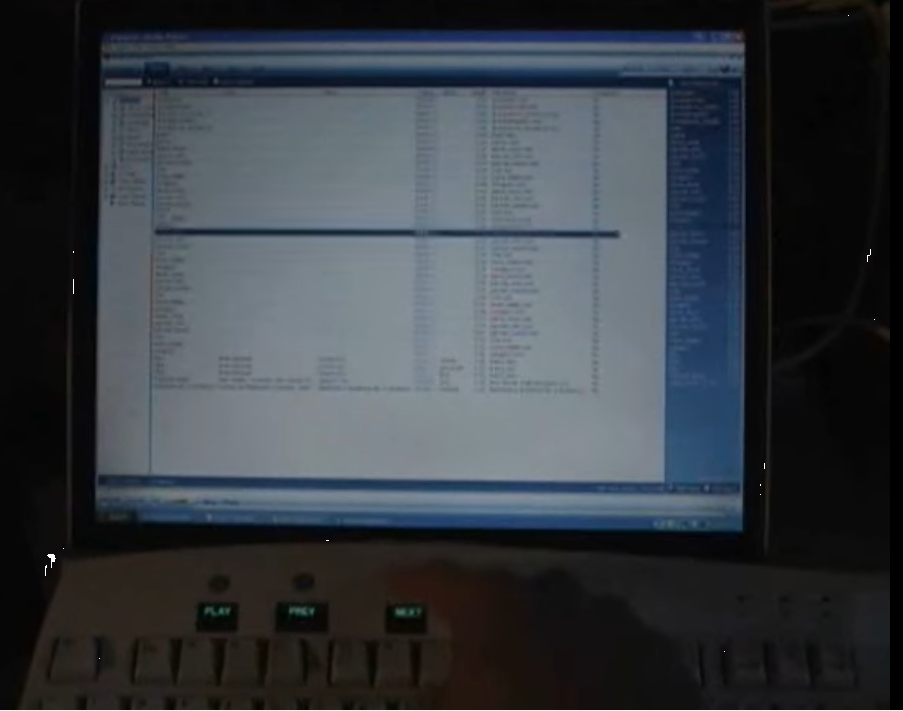Meet the Microsoft Touch Bar that could have happened in 1999

Even prior to the Apple MacBook Pro’s Touch Bar, adaptive keyboards weren’t exactly a new thing. In the realm of laptops, Lenovo decided to implement a capacitive touch strip in its ThinkPad X1 Carbon, back in 2014, but failed, rather miserably due to lack of response.
The X1 Carbon was the closest representation of what Apple would come up with, almost 3 years in the future.
Capacitive keyboards like the Optimus, and a variety of other keyboard, mostly targeted to the gaming crowd, came and went, largely undetected by the regular consumer, due to the fact that anything remotely programmable is considered a confusing complication, a hassle, and a waste of time, unless it’s made extremely simple to use.
Fortunately, for over 40 years, Apple has made it a mission to create devices that are dead-simple to use, and the MacBook Pro is no exception. With that said, the first examples of capacitive keyboards, as well as an extensive study towards the development of programmable LED keyboards, came from none-other than dear-old Microsoft, whose researchers began studying applications and building prototypes as early as 1999. According to a document on Adaptive Hardware, which summarizes the decade-long research, which ended in 2009, the first affordable solution for a capacitive and programmable keyboard was invented in 2000, with an electroluminescent display built with pre-printed keys that would change depending on the application currently on the foreground.
In 2005, a more sophisticated solution was presented, whose principle hinged on an overhead projector that would changed the entire keyboard layout depending on the function currently selected. For instance, pressing Caps Lock would toggle capitalization on all letter keys, while pressing Num Lock would turn the numbers on the numeric pad into arrow keys and PageUp/Down, and so forth.
Between 2008 and 2009, more concepts were explored, including a keyboard that supported gesture controls, using a projector for feedback, and finally, an LED-enabled keyboard, using a capacitive touchscreen capable of interfacing with Windows XP applications like Microsoft Office.
The research was abandoned in 2010, mostly due to the relatively low interest in making hardware devices for consumers.
In hindsight, Microsoft didn’t really lose much to Apple, since Microsoft’s final approach to capacitive davices has turned out to be rather “hands-on” after all.
Ready to shop?
PortableOne has the best deals on Microsoft Surface Book laptops, and more powerful devices for work and downtime.